‘Lying in’ post partum…..blessing or curse?
Birth, though such a universal concept, has many cultural specific tangents. This is an interesting study, 150 women of South Asian backround and their post partum bedrest, or lack of.....
Venous thromboembolism risk and postpartum lying-in: Acculturation of Indian and Chinese women
The maternal mortality rate in Australia in 2012–2014 was 6.8 deaths per 100,000 women giving birth, which is one of the lowest rates globally. Pulmonary embolism is amongst the top causes of death in pregnancy and the puerperium (Maternal deaths in Australia 2012–2014)
Venous thromboembolism (VTE) includes pulmonary embolism (PE) and deep vein thrombosis (DVT) and is more likely to occur during pregnancy and the post partum period, due to hypercoagulability , endothelial injury & increased venous stasis of the lower extremities creating reduced venous outflow.
Overall, although most VTE events occur antenatally, the risk per day is highest in the first six post partum weeks (about 20 times as common as compared to non pregnant state) hence minimising VTE risk in this period is beneficial.
The post partum period care principles vary depending upon the socio-cultural based norms of the region.
There can be a general perceptionin some areas, that pregnancy is a comparable to a pathological process or a ‘disease’ to recover from as opposed to a more physiological basis of the journey to motherhood. Hence the emphasis on ‘taking it easy’, R & R, physical inactivity and a heightened need for healing/recovery mode to the puerperium, enabled by well intentioned support from older female relations (mostly a mother, mother in law, Aunt etc)
Typically, in such cultures, the new mother would have stayed at her parents’ home at or just after the birth of her child, especially if a first born, and spent the traditional postpartum period there ‘lying –in’. ‘sutak’ or ‘chilla’ is a term commonly used for the birth pollution of the mother in Indian subcontinent regions. This tradition based on the belief that “the grave keeps its mouth open for a mother for 40 days after delivery” (Khadduri et al 2008:184) A Qualitative Study of Pakistani Immigrant Women’s Experiences of Childbirth in Germany
This period is spent indoors essentially inactive lying down or sitting, with significant rest periods with an aim to help recover from the exhaustion of childbirth and protect the newborn baby from infection risk.
Domestic duties are distributed between maids/cleaning ladies and members of the joint family. The services accessed include special dietery foods 'pinjiri' (high in ghee and nuts) as well as massages both for new mum and her baby.
This may be optimistic to achieve for the migrant women settled in Australia, if social isolation is a significant factor, however in this interesting study of 150 migrant women from China and the Indian subcontinent, most women in the postpartum period (91%; n =124/136) had live-in relative help and with 89% (133/150) antenatally planning live-in support! This revealed a high access in this particular cohort to on-site home help
Understandably, this study confirmed that the intention to, or actual rest got in this context, was inversely related to increasing parity with progressively decreasing reporting of actual rest in the women with 1,2 and those who had 3 or more kids group (actually a single patient ) reporting no rest.
The patient information pamphlet (given on discharge from hospital) clearly encourages staying active and avoid venous blood stasis which predisposes to clot formation. VTE prevention is an important patient safety issue. It is recommended that the risk status be established for all pregnant and post-partum women and the VTE risk assessment and prescription of appropriate prophylaxis (mechanical eg leg stockings and pharmacological eg blood thinning agents ) be undertaken not only at the initial antenatal review and/or booking but also REPEATED at the time immediately after birth (post-partum). The clinicians should establish if after discharge there is going to be prolonged periods of bed rest without activity and counsel regarding the benefits of remaining active and reducing VTE risk.
Blood Clot Prevention Brochure
There is a need for maternity care providers to establish intentions patients may have for prolonged bedrest in the post partum period and in a culturally sensitive manner, discuss the benefits of good hydration and remaining active to reduce VTE risk, so we use evidence-based practice and for the improvement of patient safety and quality of care. Ideally this review and discussion should occur antenatally so that an adjusted and documented postpartum management plan.
And duration and nature of immobilisation post partum plan, if the patient is willing to consider that, is made that also gives time for the patient to communicate with her support women at home as sometimes the latter are insistent or unhappy if there are deviations from in inactive horizontal-expected state after childbirth.
At the centre of the discussions to highlight the benefits of an active post partum period, it is so important to highlight that traditional models of supportive of women healing in puerperium, do intend to reduce the mental load on a woman by assisting her with domestic tasks and caring for the baby or other children, encourage breast feeding by creating a relaxed environment and cohesive mother baby bonding and when dynamics are positive then form the basis for the start of the beautiful journey of motherhood, hence the many positives of the traditional model can be acknowledged.
Although pregnancy and the puerperium and bed rest are risk factors for the development of VTE, the vast majority of pregnant women do not develop a VTE (<2:1000), and in patients who do not wish to be active at all despite medical advice and are basically resting almost the entire 30-40 days post birth, may benefit from thromboprophylaxis especially if other risk factors for VTE are present eg advanced maternal age, high BMI etc
Importantly, the emphasis on early postoperative and post partum mobilisation to minimise VTE occurance is a patient awareness message today.
REFERENCES

